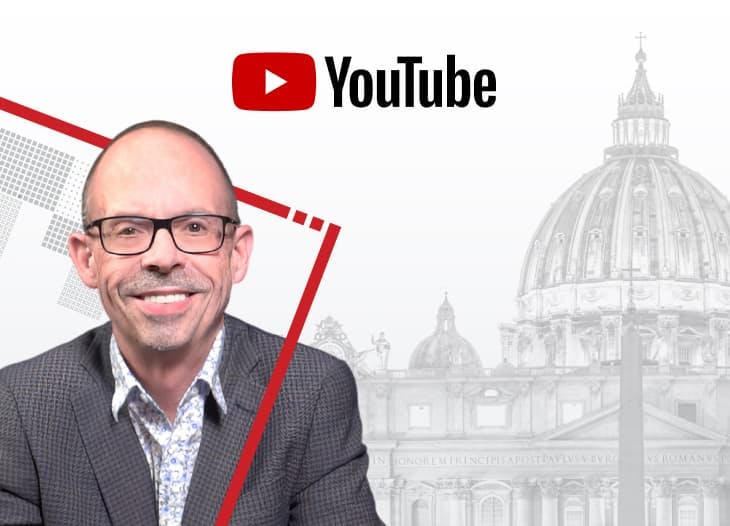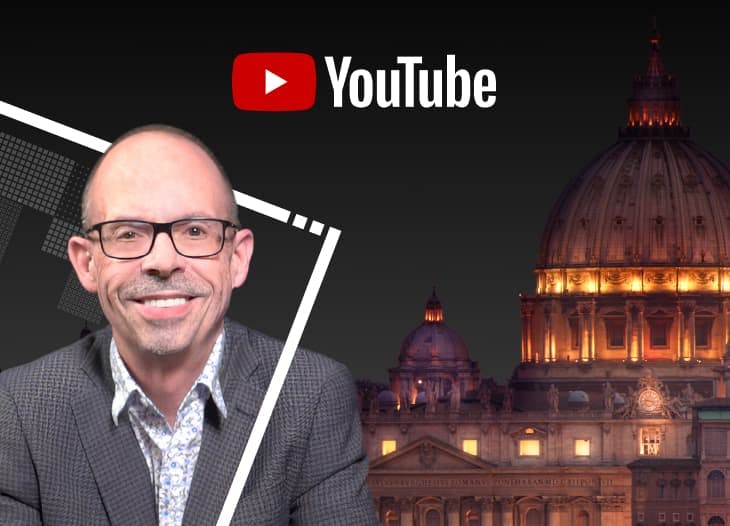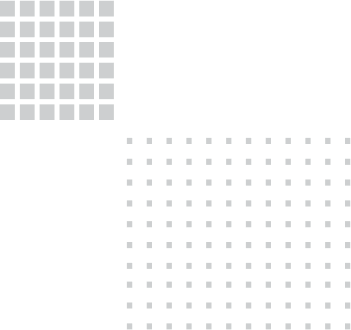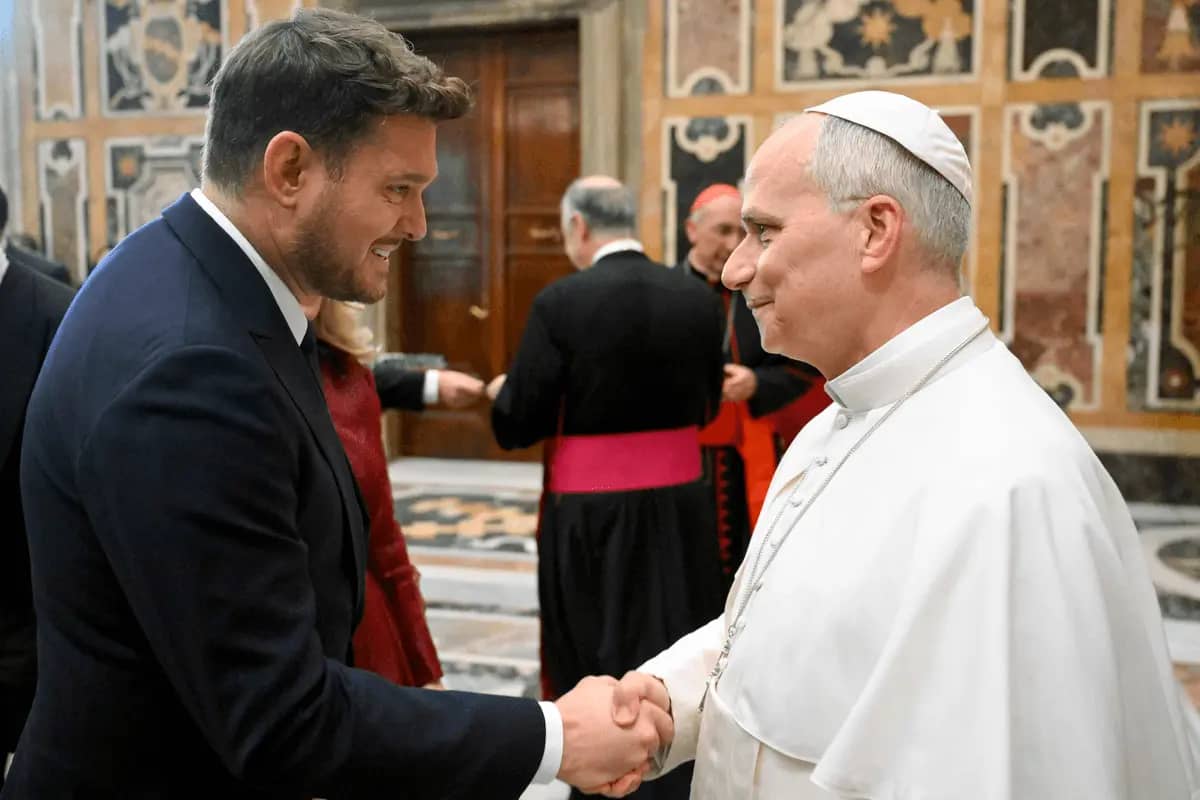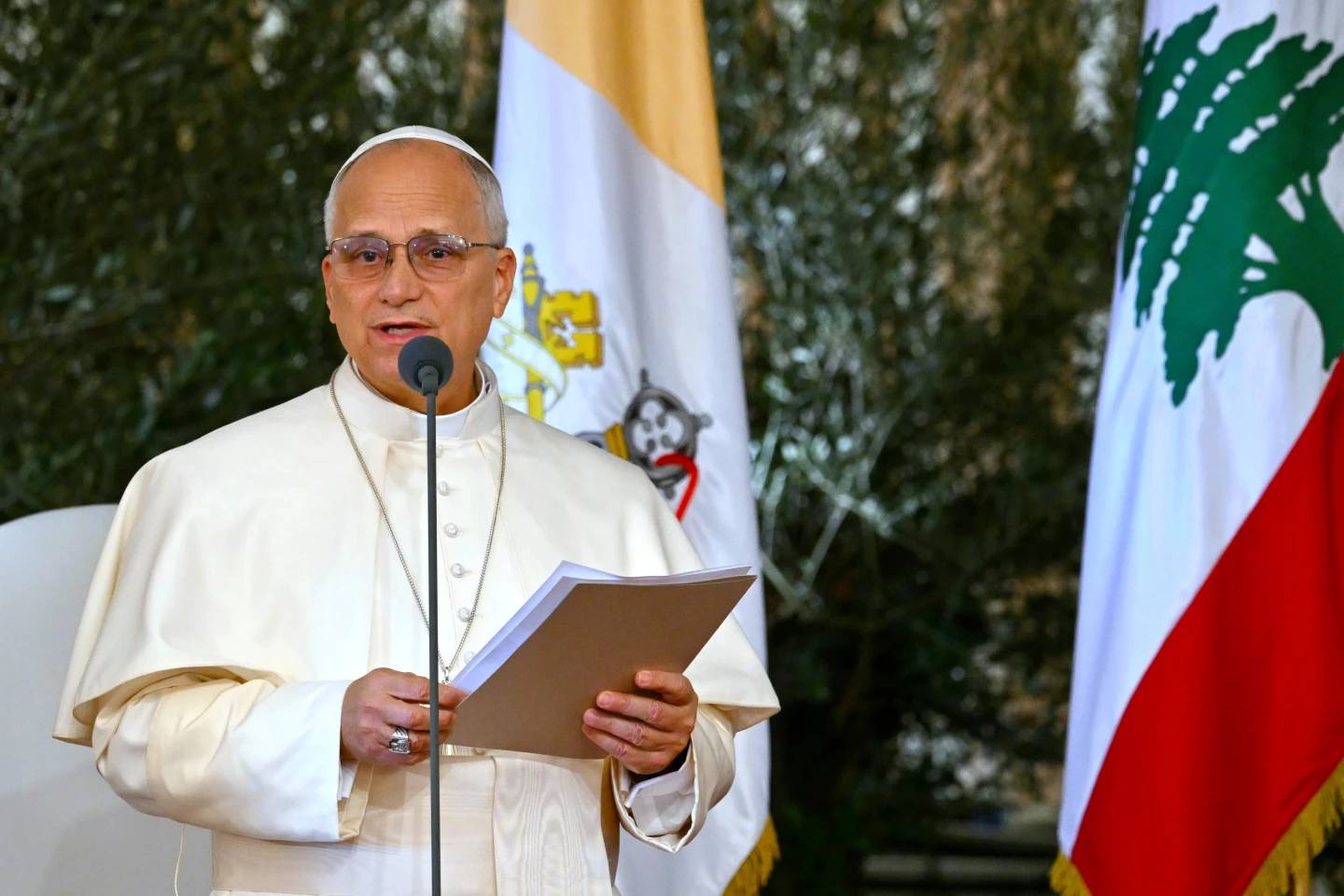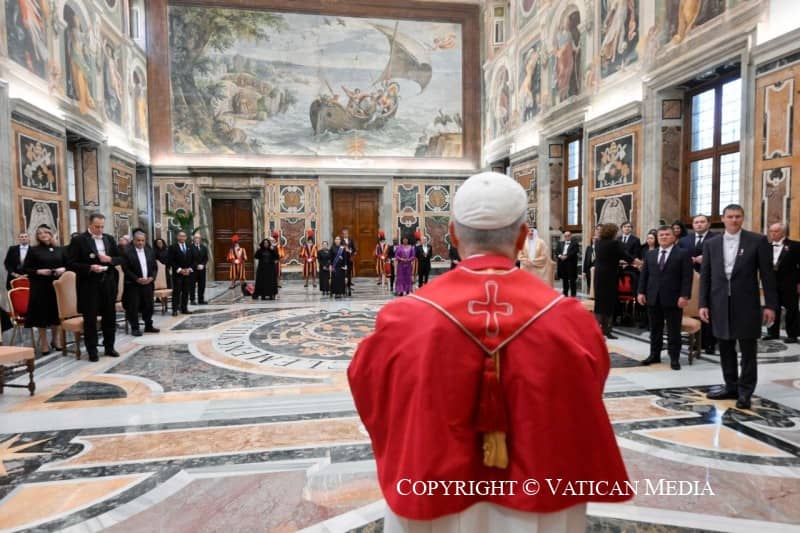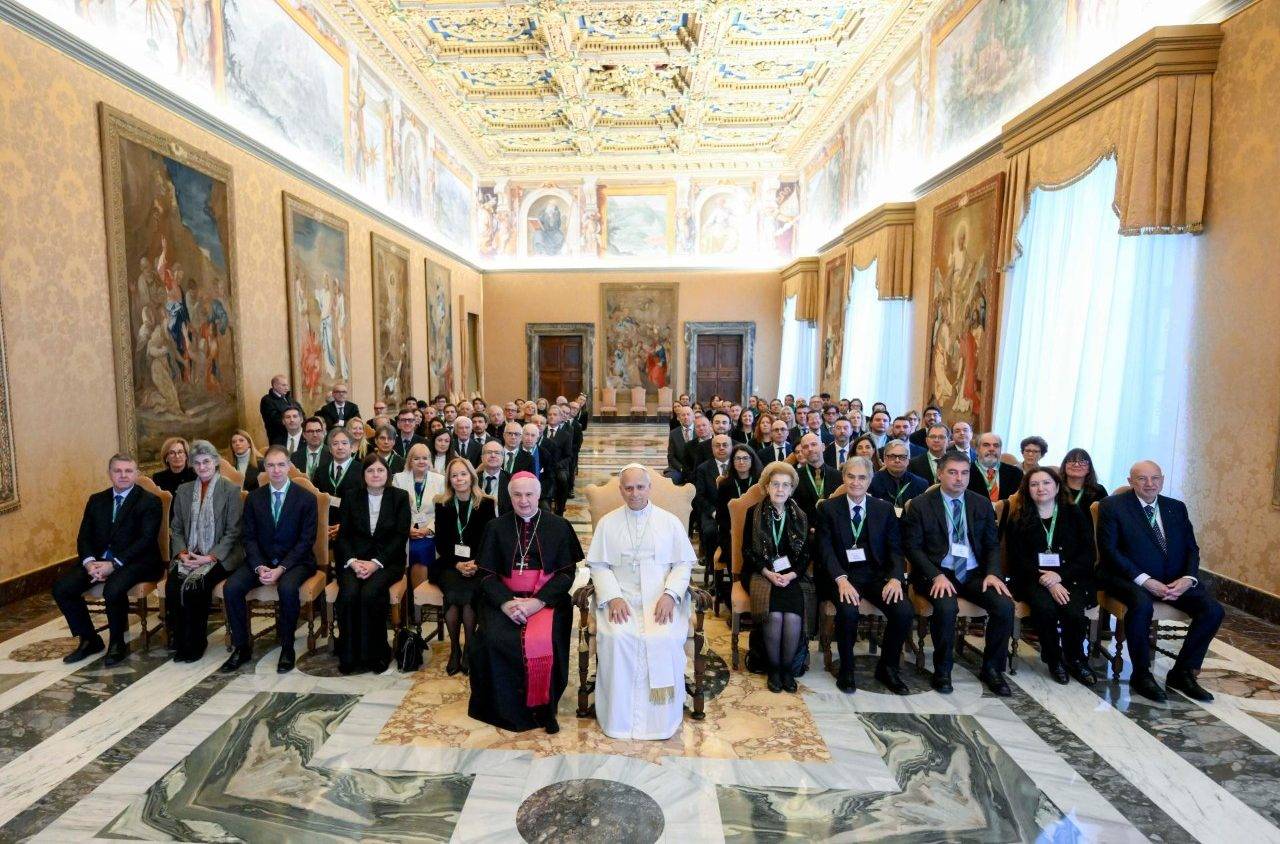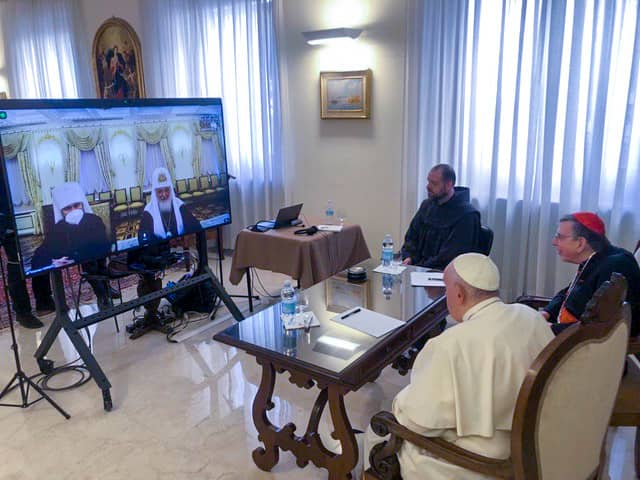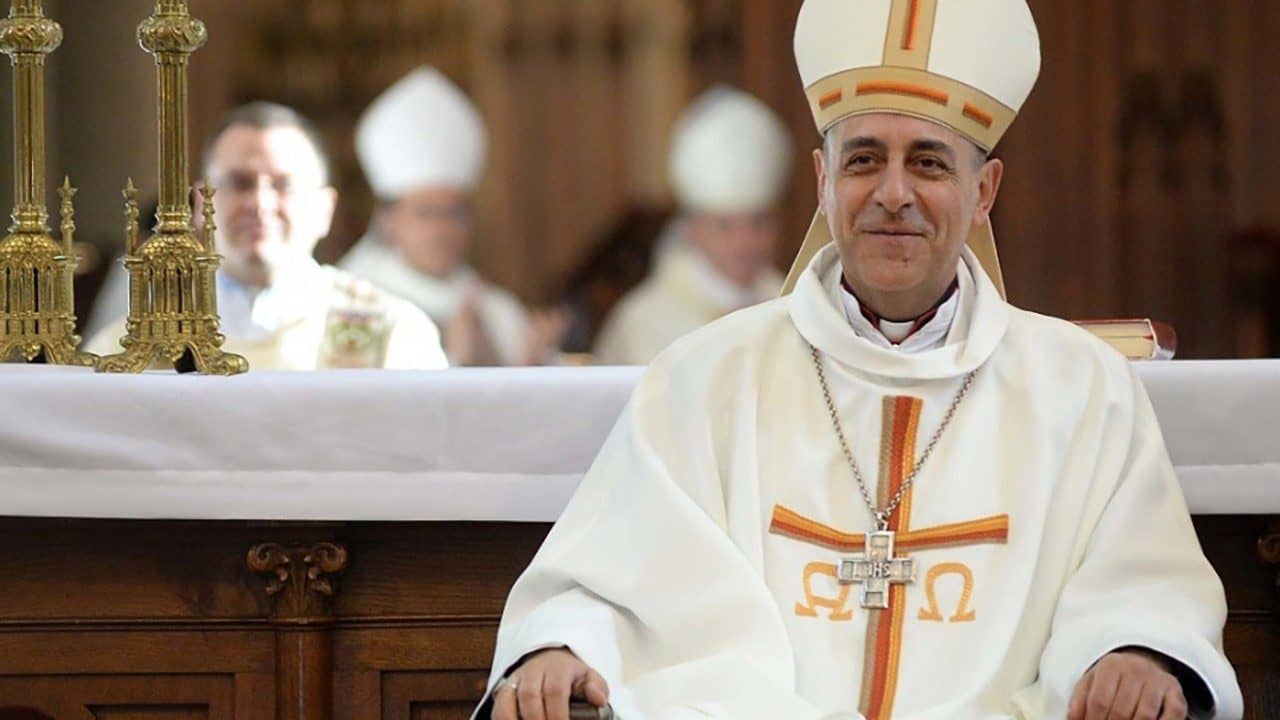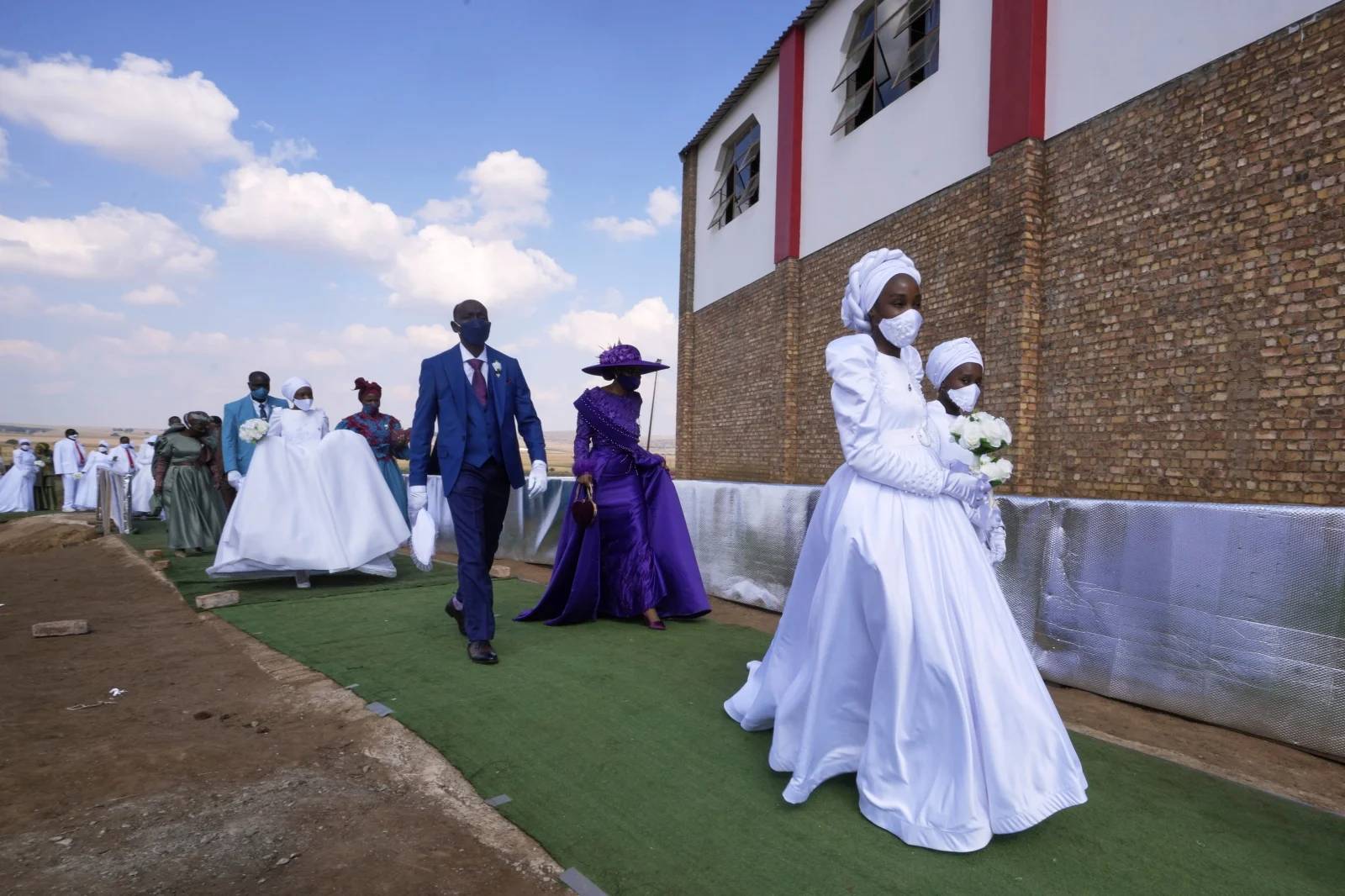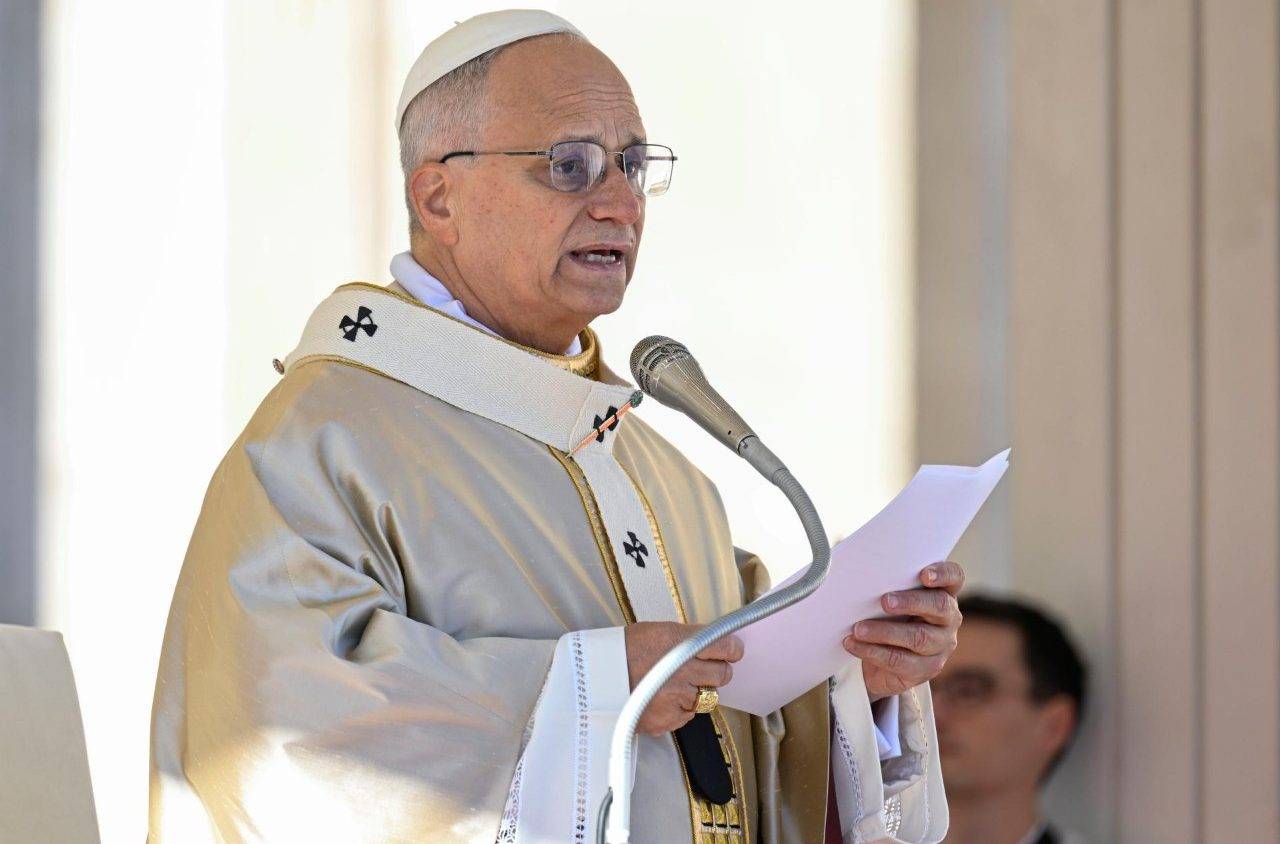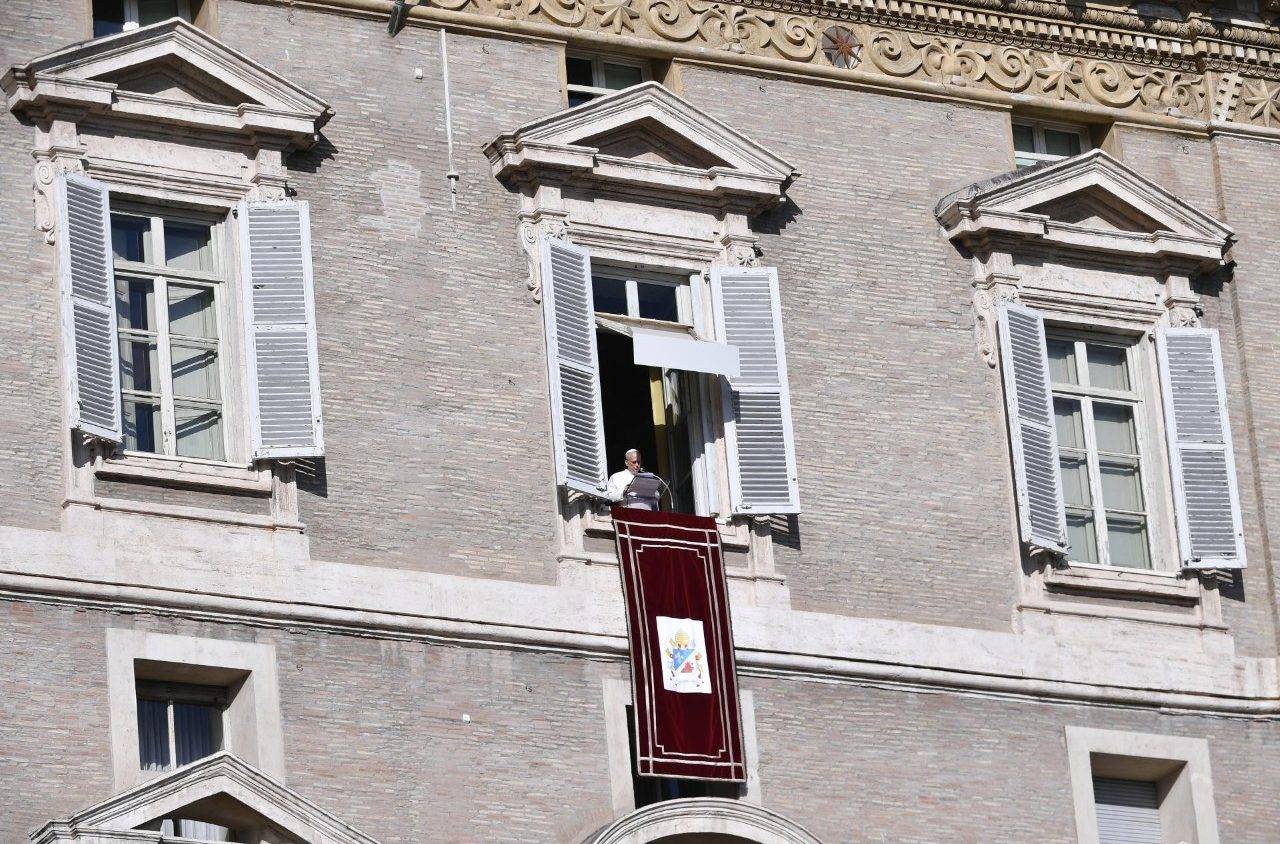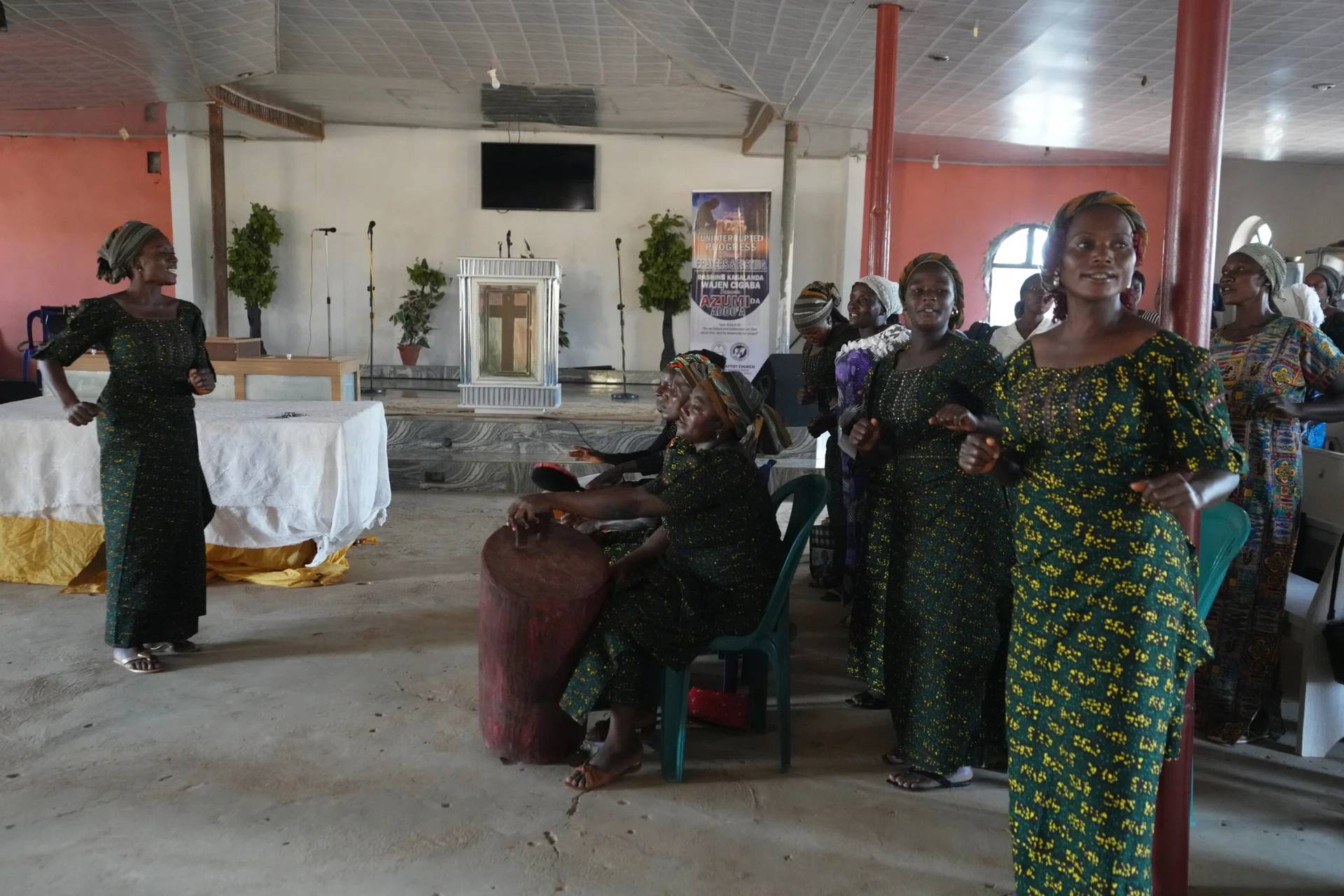ROME – As the world marks the death of Pope emeritus Benedict XVI, his record on the clerical abuse scandals that have rocked Catholicism for the past three decades inevitably forms part of any evaluation of his legacy.
For many abuse survivors and their advocates, it’s axiomatic that Benedict was the public face of denial and cover-up. The Survivors Network of those Abused by Priests, for instance, declared in a Dec. 31 statement that “any celebration that marks the life of abuse enablers like Benedict must end.”
“Honoring Pope Benedict XVI now is not only wrong. It is shameful,” the group said. “Pope Benedict XVI is taking decades of the church’s darkest secrets to his grave with him.”
Arguably the one person on the planet best positioned to assess the late pontiff’s performance, however, has a very different take.
According to Archbishop Charles Scicluna of Malta, it was Benedict XVI who first began to reckon with “the dark face” of clerical abuse, pioneering a series of measures which are today at the heart of the church’s “zero tolerance” policy.
Prior to his election to the papacy, then-Cardinal Joseph Ratzinger “was instrumental in the lengthy process that updated the law and procedures” for dealing with grave crimes such as the sexual abuse of a minor, Scicluna said.
Both as a Vatican prefect and as pope, Scicluna told Crux, Benedict XVI led the charge for reform “in constant dialogue with the canonical experts” and promoted “formation on all levels.” During his eight years as pope, Scicluna said, Benedict devoted time every week to reviewing cases of abuser priests that needed decisions.
Scicluna should know: He served as Promoter of Justice in the Congregation for the Doctrine of the Faith, essentially making him the church’s top prosecutor on abuse cases, from 2002 to 2012, spanning both Ratzinger’s term as prefect and Benedict’s reign as pope. Scicluna also been a key adviser to Pope Francis, among other things leading an extraordinary investigation of the church in Chile which led to the en masse resignation of all the country’s bishops.
The beginning of Scicluna’s term at the Congregation for the Faith coincided with the explosion of the abuse scandals in the United States. Under tremendous pressure, the American bishops adopted a “zero tolerance” policy in 2002 premised on expulsion from the priesthood for even one verified instance of sexual abuse.
While Ratzinger welcomed the American measure, it was derided in other quarters of the Vatican as an over-reaction, not to mention a distortion of the church’s centuries-long canonical tradition, in which punishments are supposed to fit the crime and in which tremendous discretion is usually left in the hands of bishops and other superiors to mete out discipline.
Behind the scenes, some Vatican personnel actually began to grumble that the Congregation for the Doctrine of the Faith under Ratzinger had “drunk the Kool-aid,” in the sense of uncritically swallowing a media- and lawyer-driven press for sweeping changes in the way priests are supervised and disciplined.
Yet Ratzinger held firm, and ultimately prevailed.
According to Scicluna, Benedict’s other contributions to the church’s fight against abuse include:
- Drafting a law for Pope John Paul II issued in 2001 as a motu proprio titled Sacramentorum Sanctitatis Tutela, which required bishops to forward all credible allegations of abuse to the Vatican and consolidated responsibility for those cases in Ratzinger’s office.
- In November 2001, Ratzinger got permission from John Paul to waive the statute of limitations in church law to prosecute abuse cases, allowing for the expulsion of abusers from the priesthood even for offenses that dates back decades.
- In February 2002, Ratzinger got John Paul II to sign off on expedited procedures for abuse cases, short-circuiting lengthy appeals in church law. In the end, Ratzinger would bring scores of cases to John Paul II for immediate removal from the priesthood.
- At the end of 2004, shortly before his election to the papacy, Ratzinger ordered a review of all cases still pending in the Congregation for the Doctrine of the Faith, which included some high-profile figures – among them Italian Father Gino Burresi, founder of the Servants of the Immaculate Heart of Mary, and Mexican Father Marcial Maciel Degollado, founder of the Legion of Christ. Both men would be found guilty of abuse and barred from public ministry in the early months of Benedict’s papacy. In a 2010 interview, Scicluna praised Benedict’s “courage in taking up some cases which were extremely difficult and delicate, sine acceptione personarum (without exception for anyone).”
- Benedict XVI became the first pope to meet with survivors of clerical sexual abuse during a trip to the United States in 2008, a gesture he repeated several times during his papacy, including his 2010 trip to Scicluna’s native Malta.
- After abuse scandals exploded in the Irish church in 2009, Benedict XVI became the first pope to devote an entire document to the subject with his “Letter to Irish Catholics,” which Scicluna said remains a “basic reference text.”
- In 2010, Pope Benedict issued an updated version of Sacramentorum Sanctitatis Tutela which effectively made the “zero tolerance” approach the policy of the universal church.
Naturally, critics insist that Benedict’s record on the abuse crisis remains stained by several failures, including his handling of a handful of cases when he was the Archbishop of Munich from 1977 to 1982, through his failure to enforce a ban on public activity for ex-cardinal and ex-priest Theodore McCarrick. They also note that Benedict left behind a great deal of unfinished business, most notably accountability measures not just for priests who commit abuse but also bishops and other superiors who cover it up.
Yet given the contributions noted by Scicluna, any honest assessment of Benedict’s history vis-à-vis the clerical abuse scandals probably has to oscillate between two poles: If the late pontiff was part of the problem, he was also, unquestionably, part of the solution.

